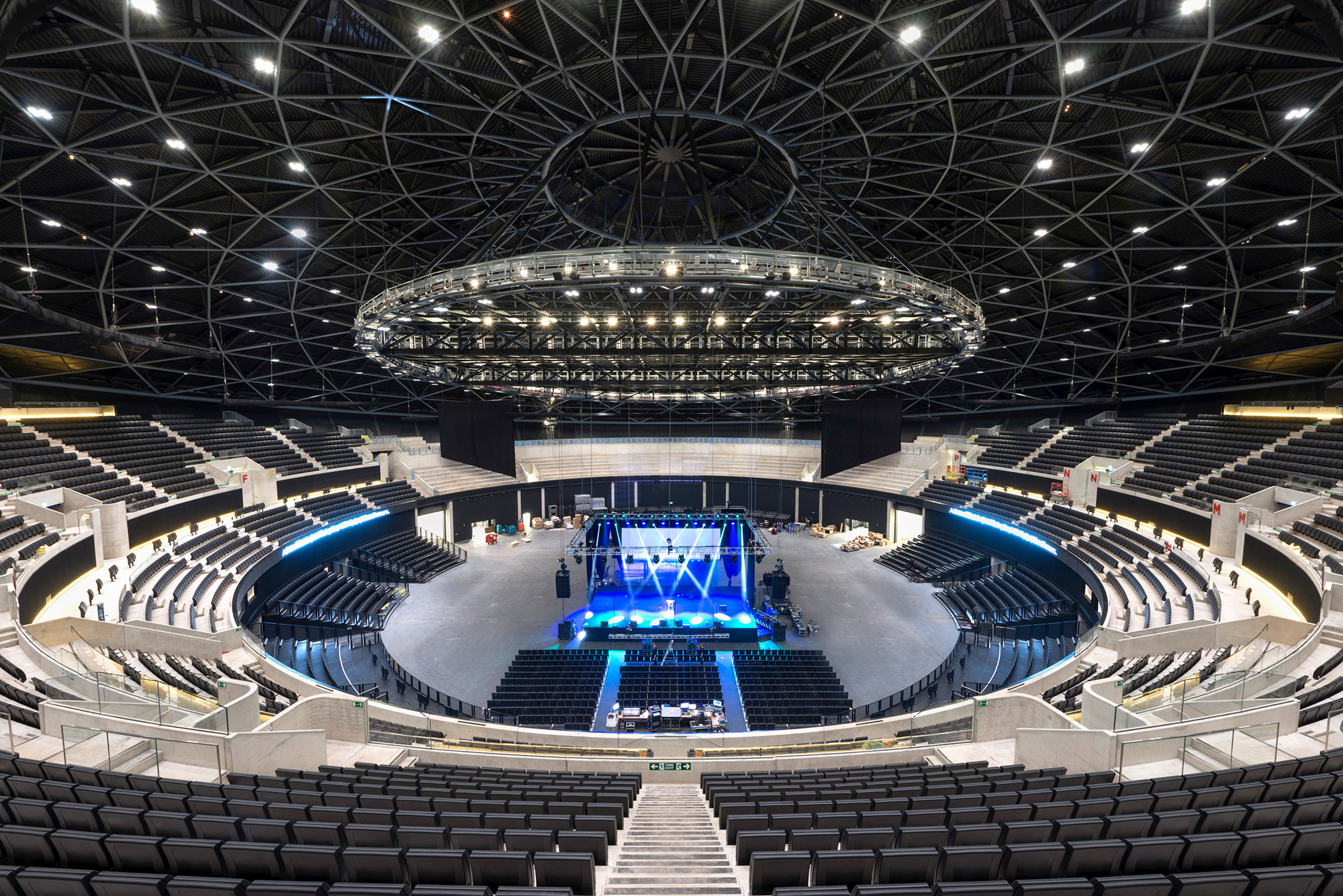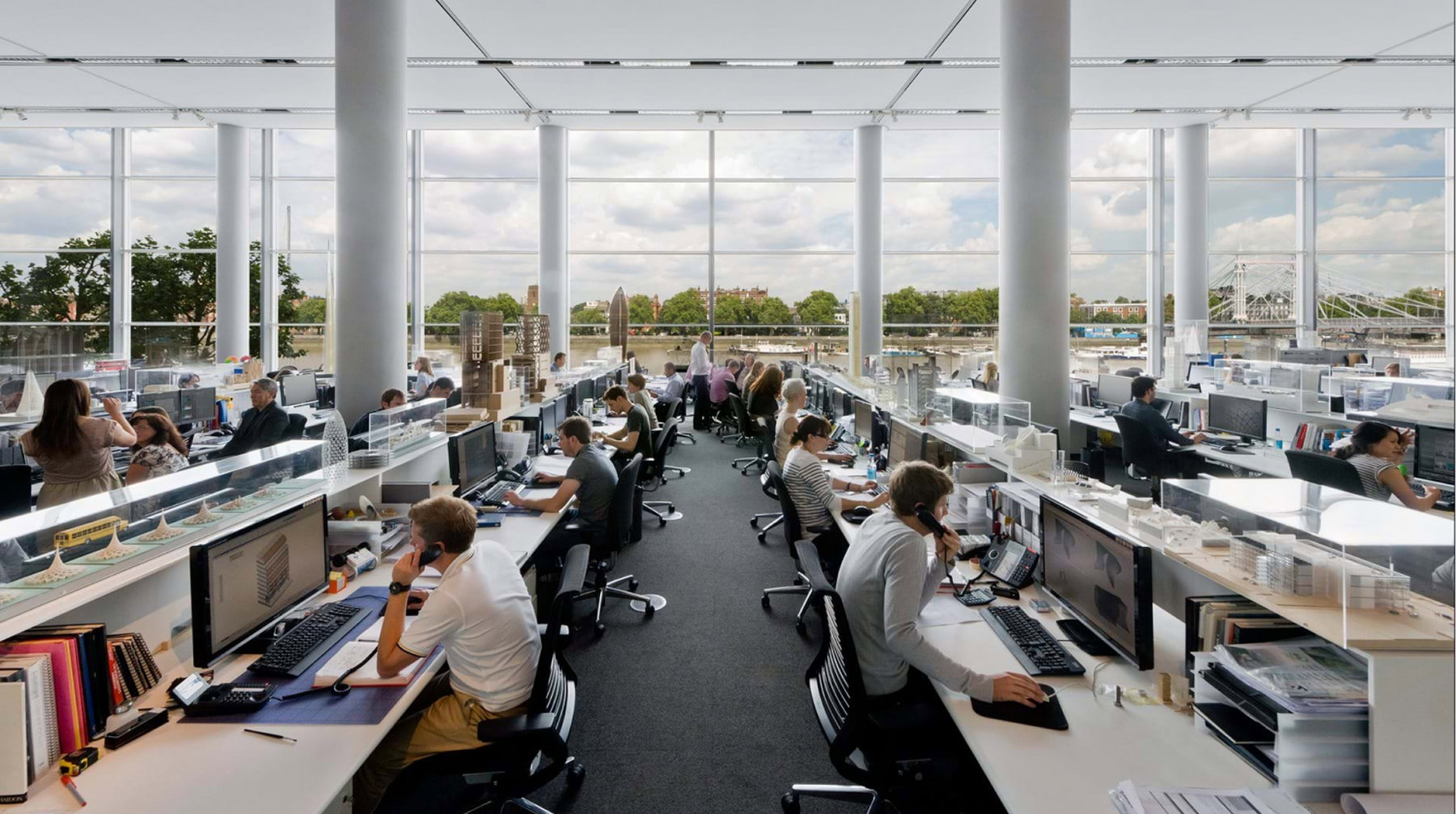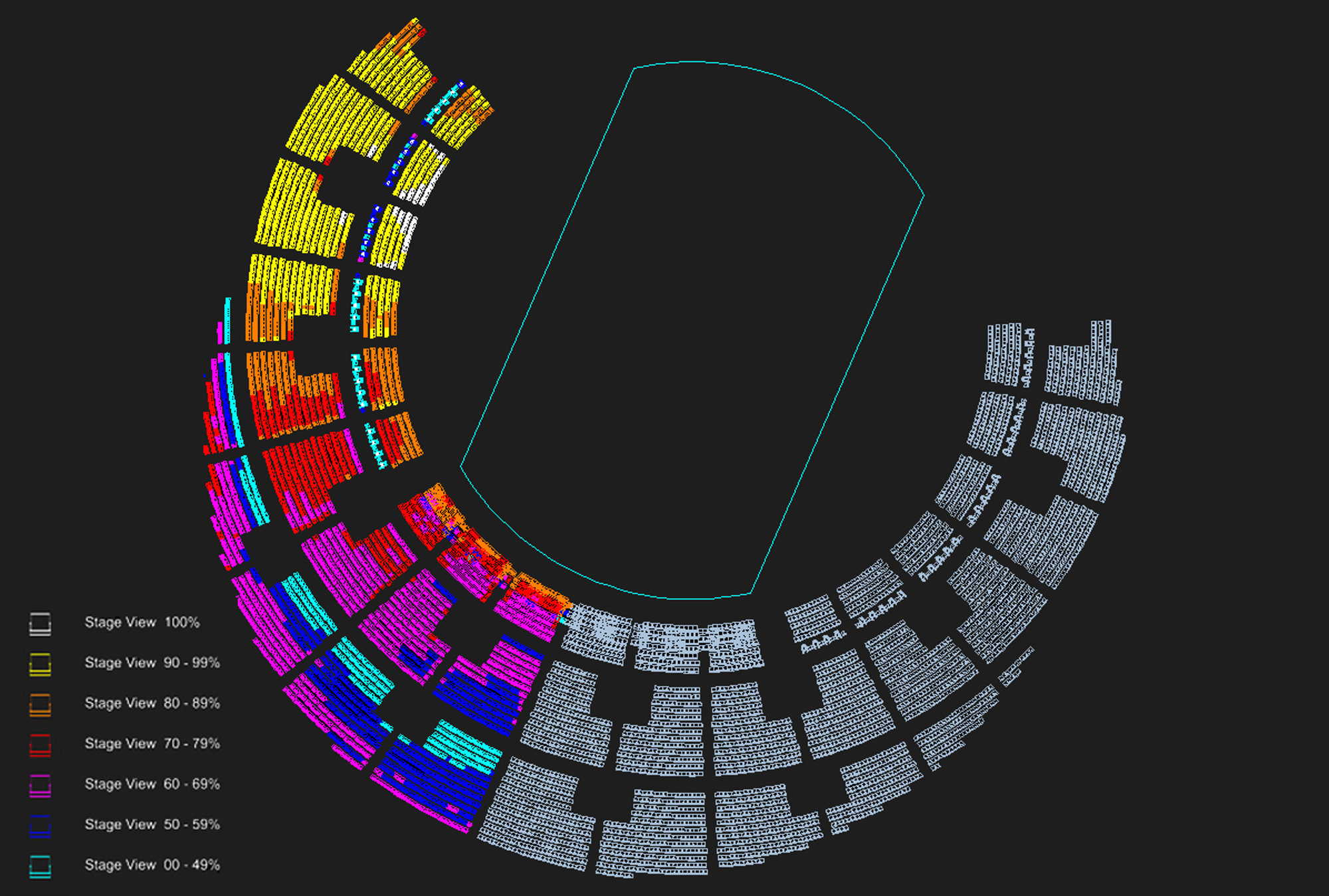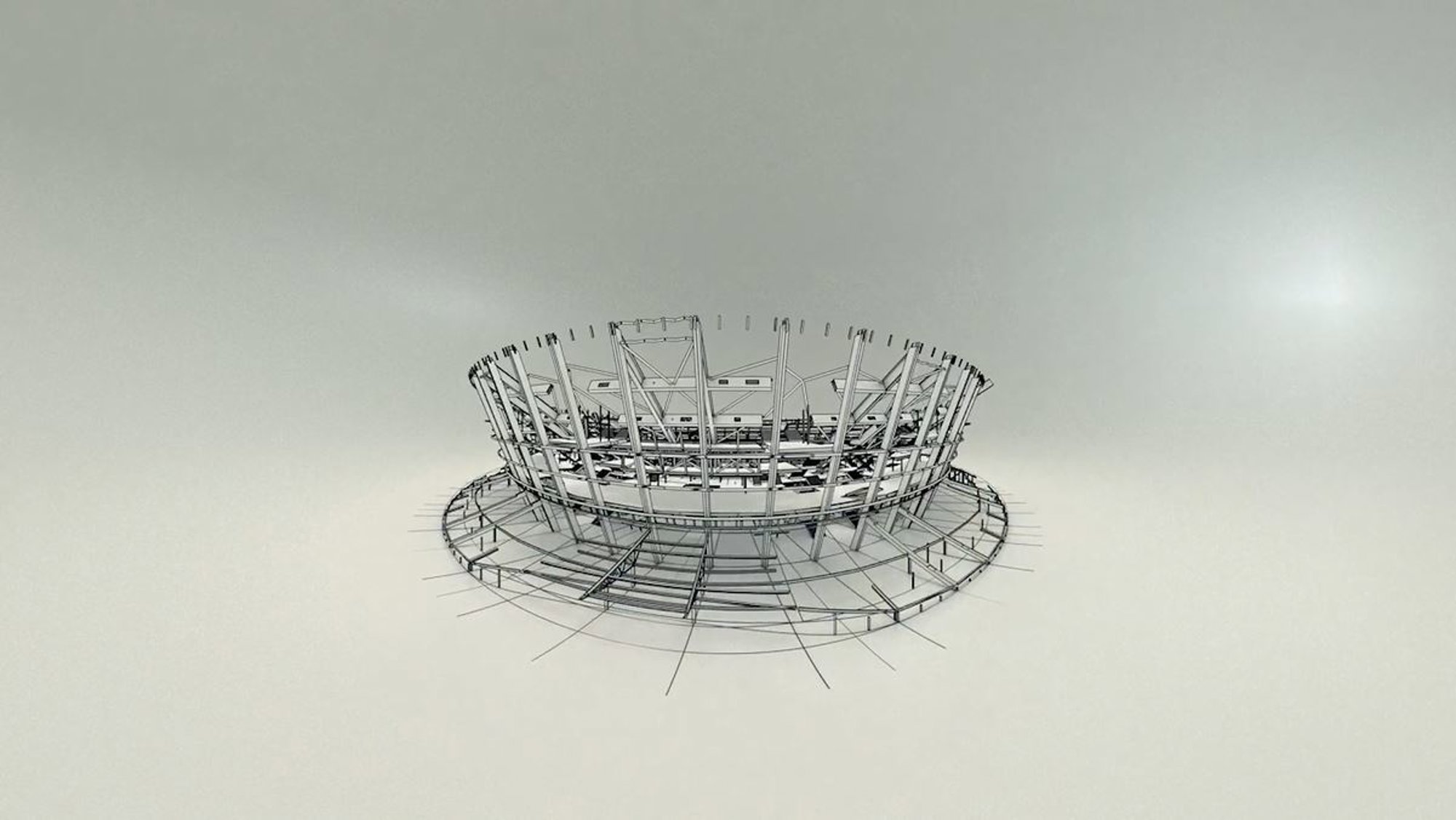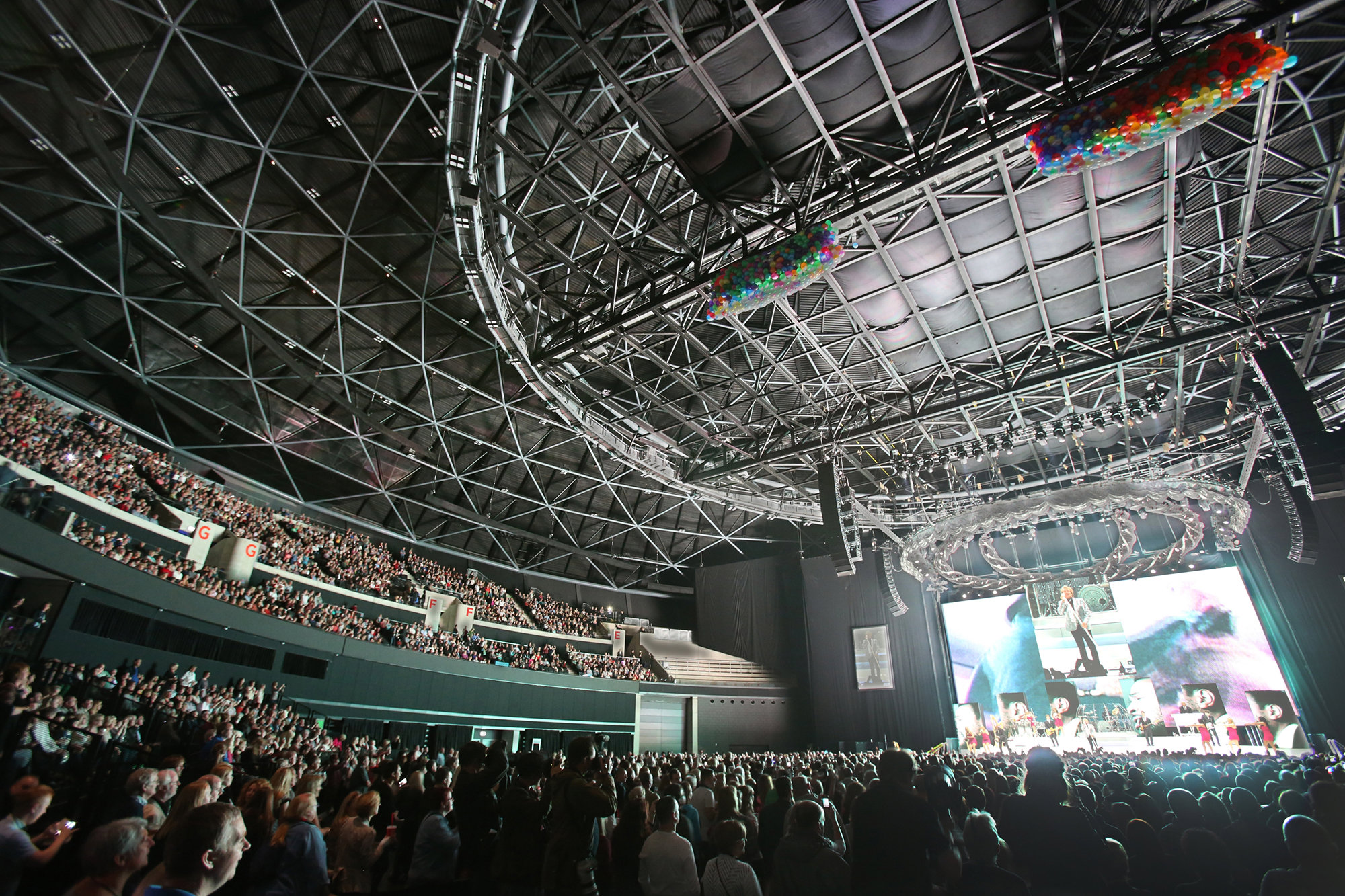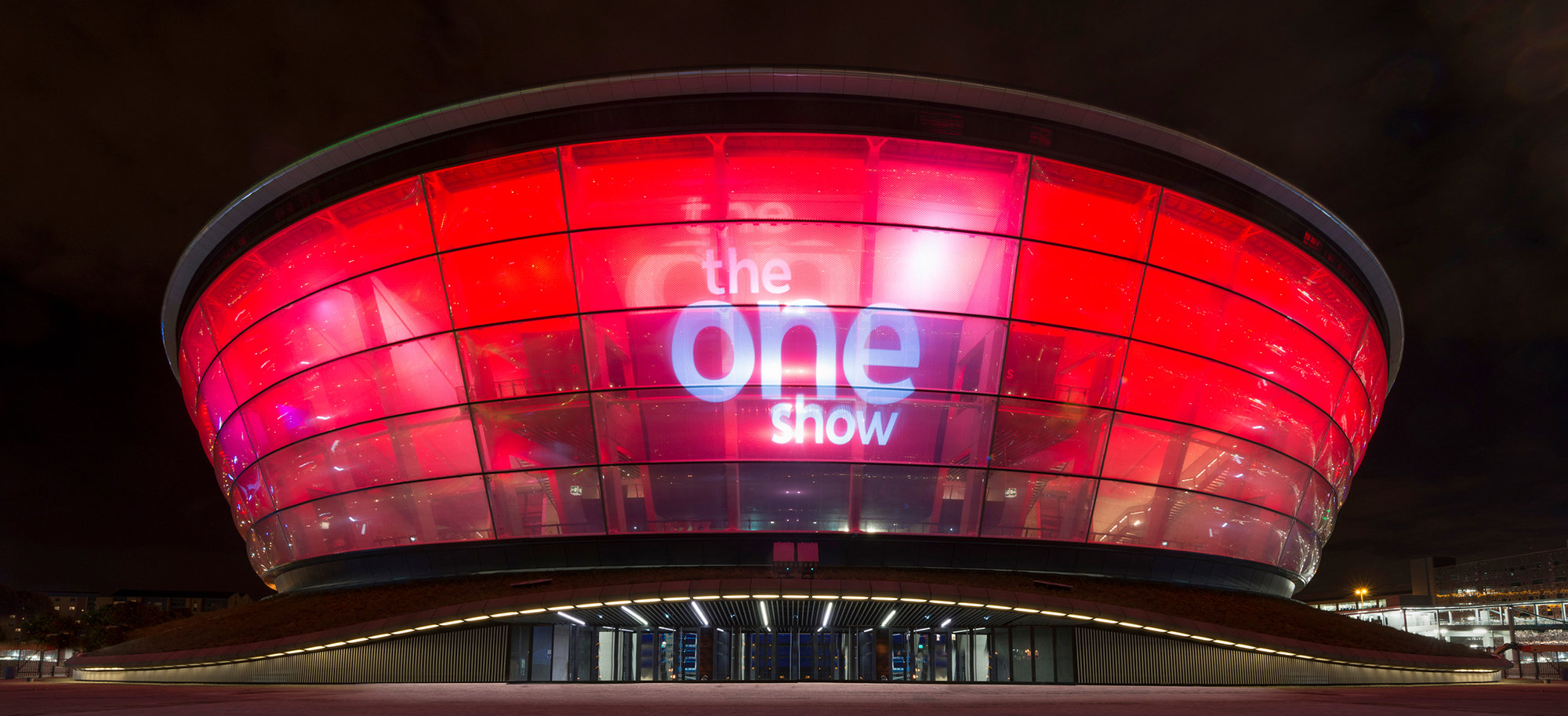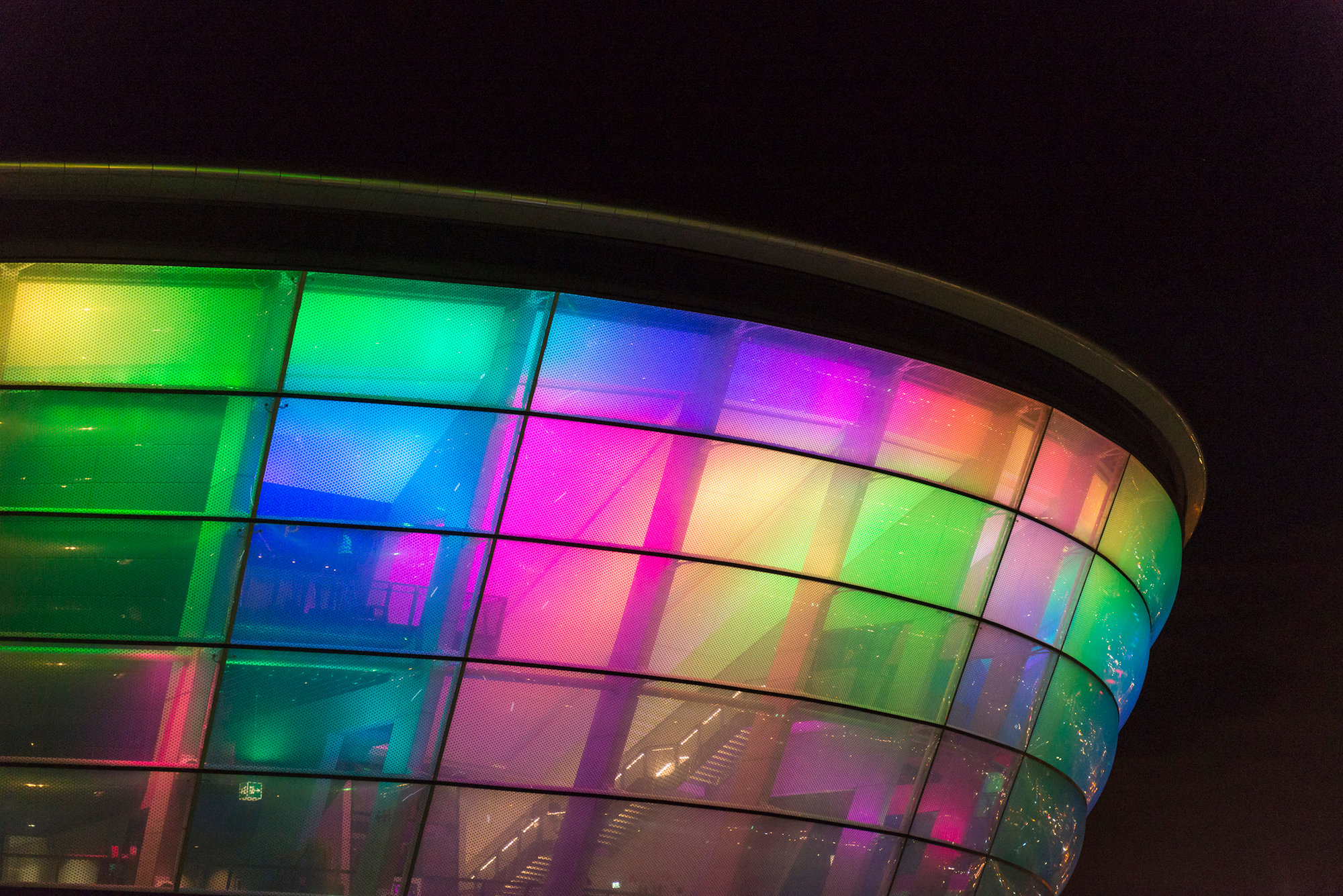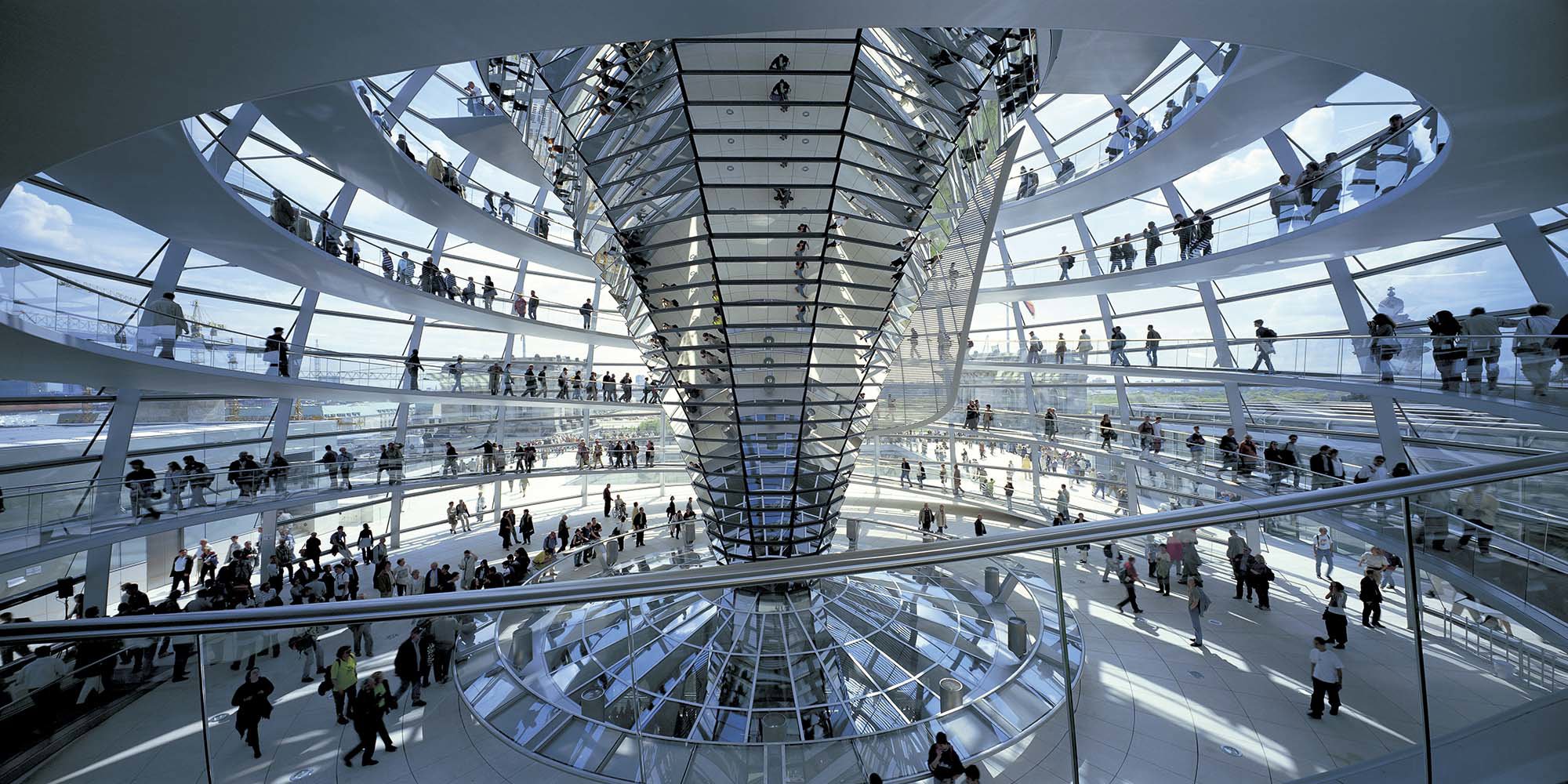
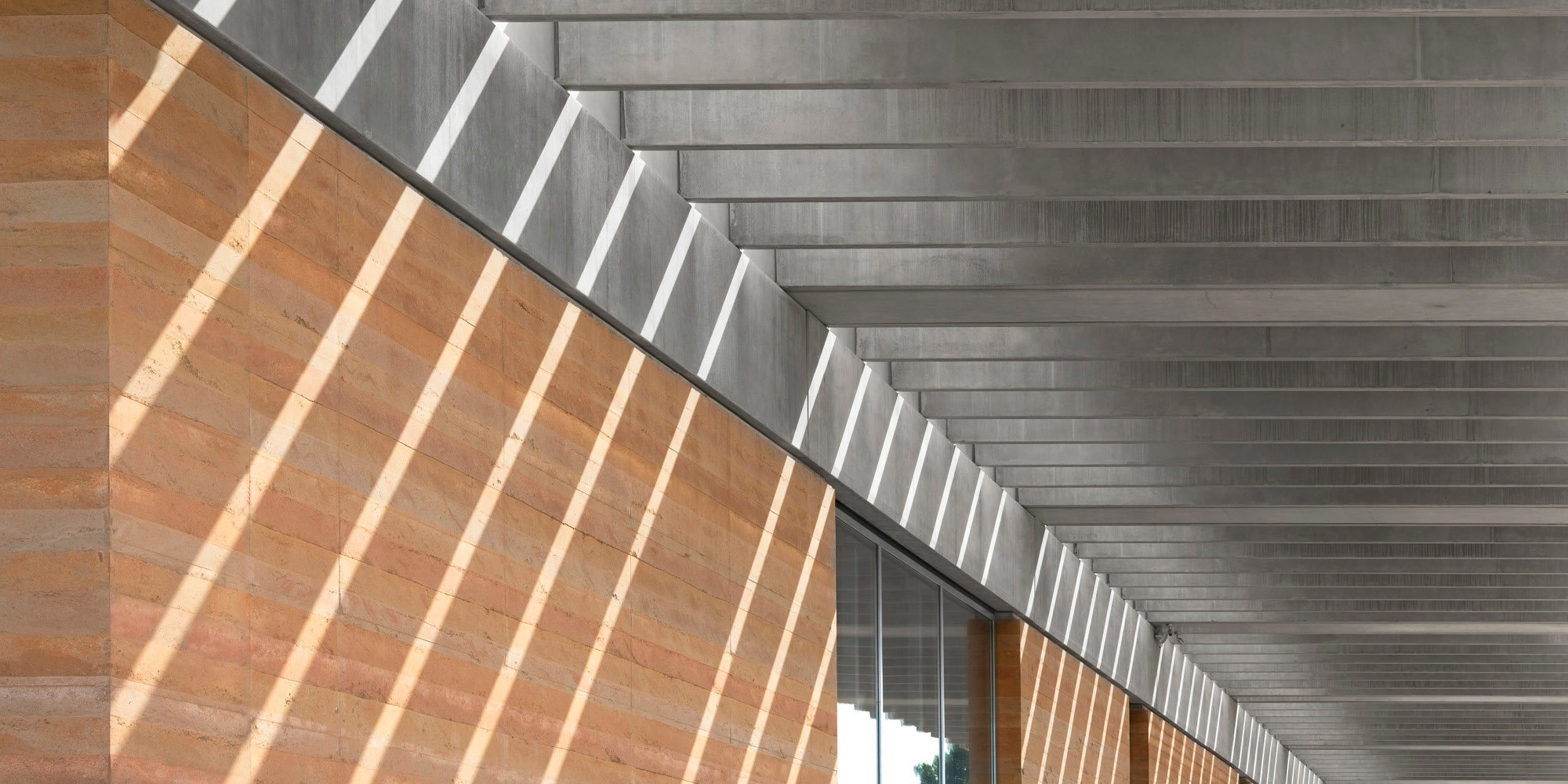
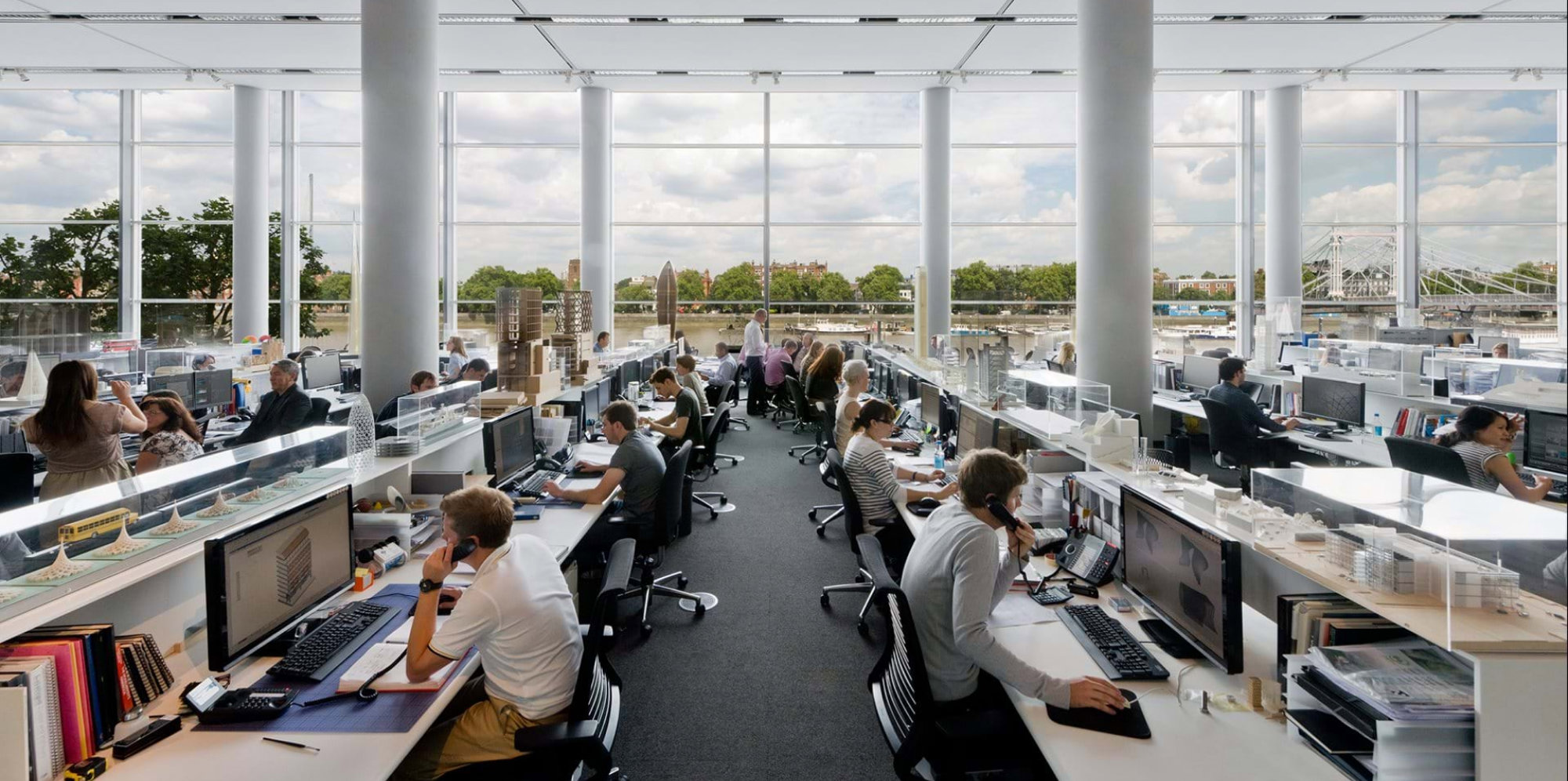
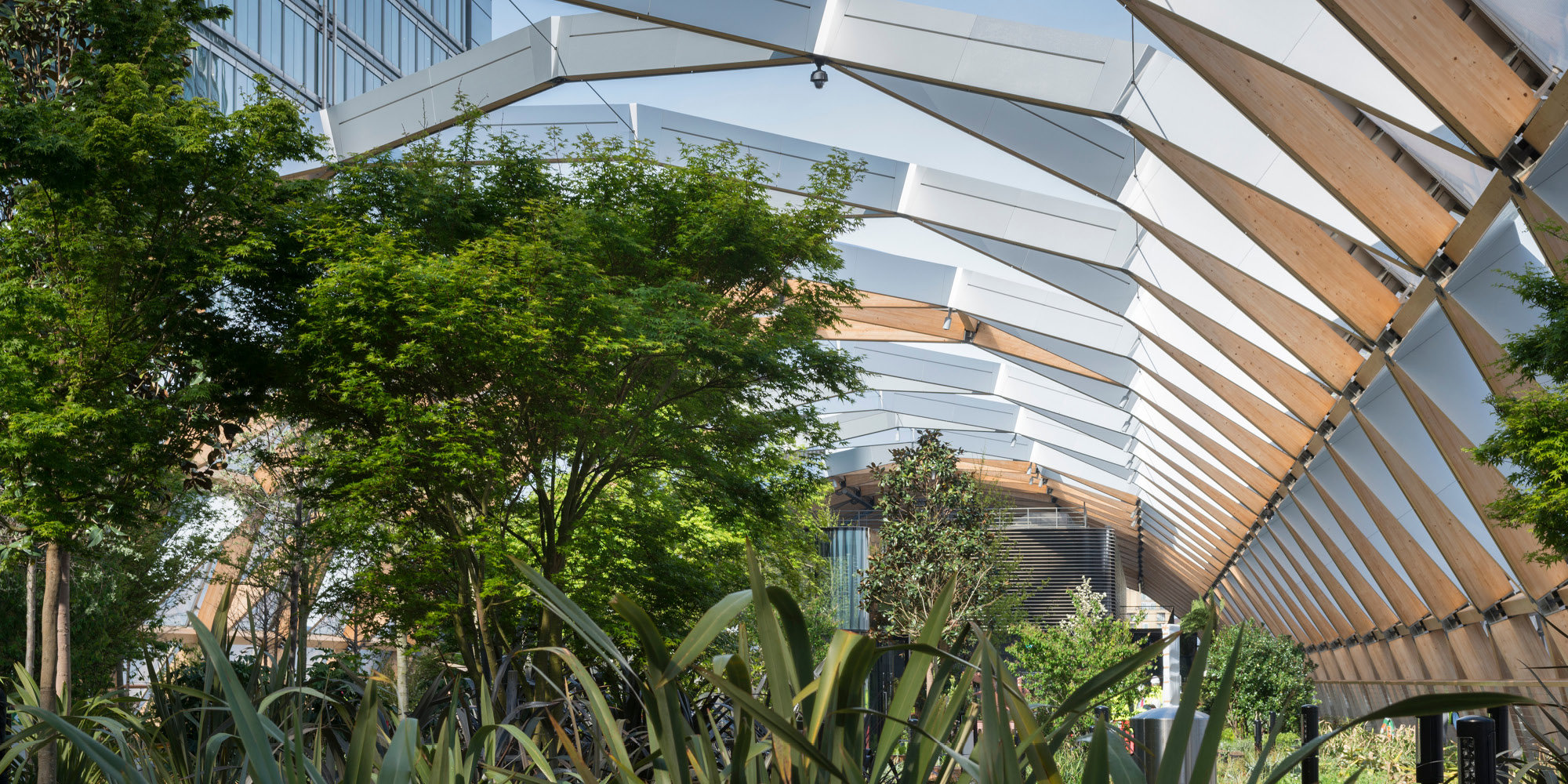
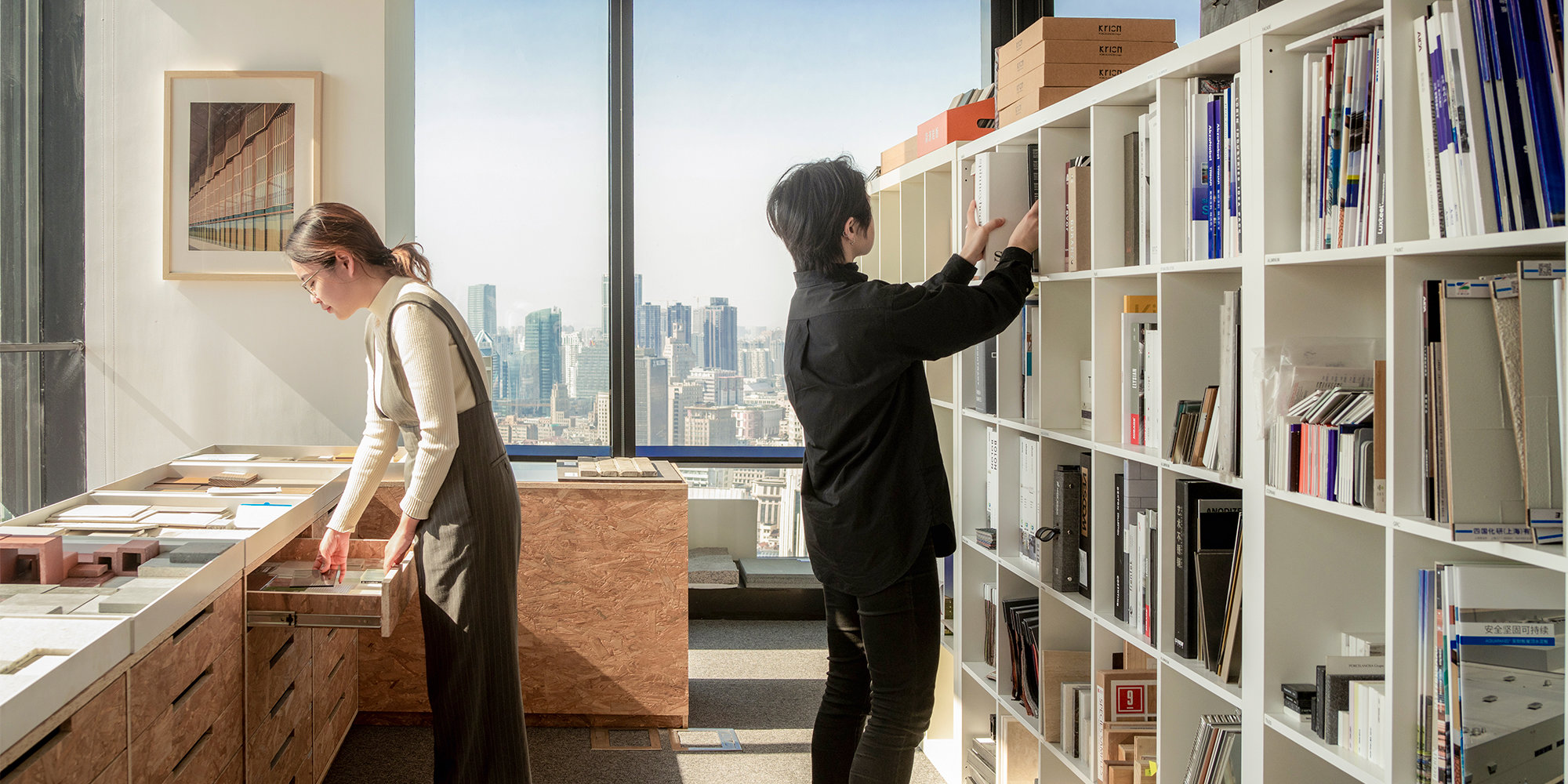
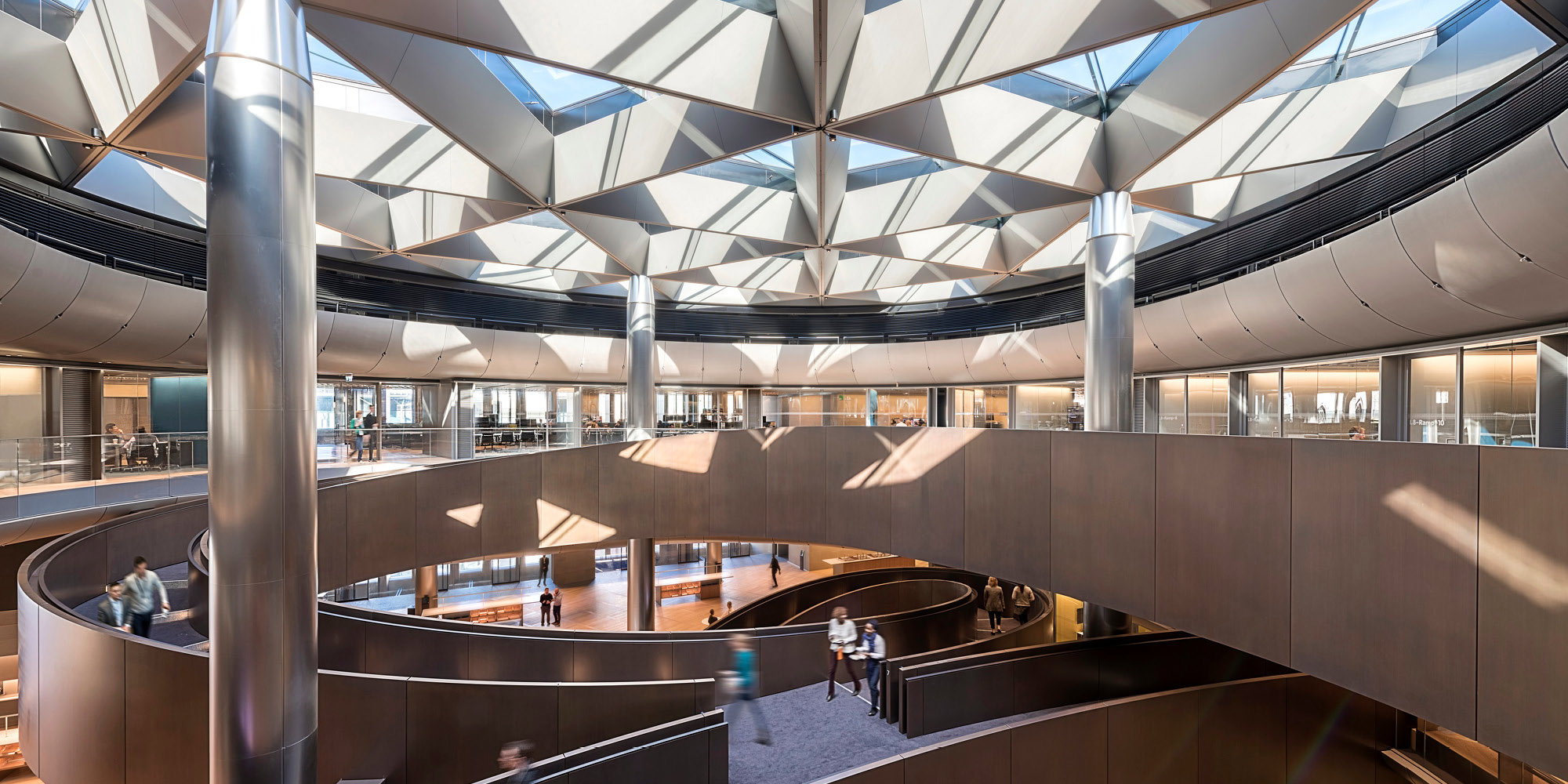
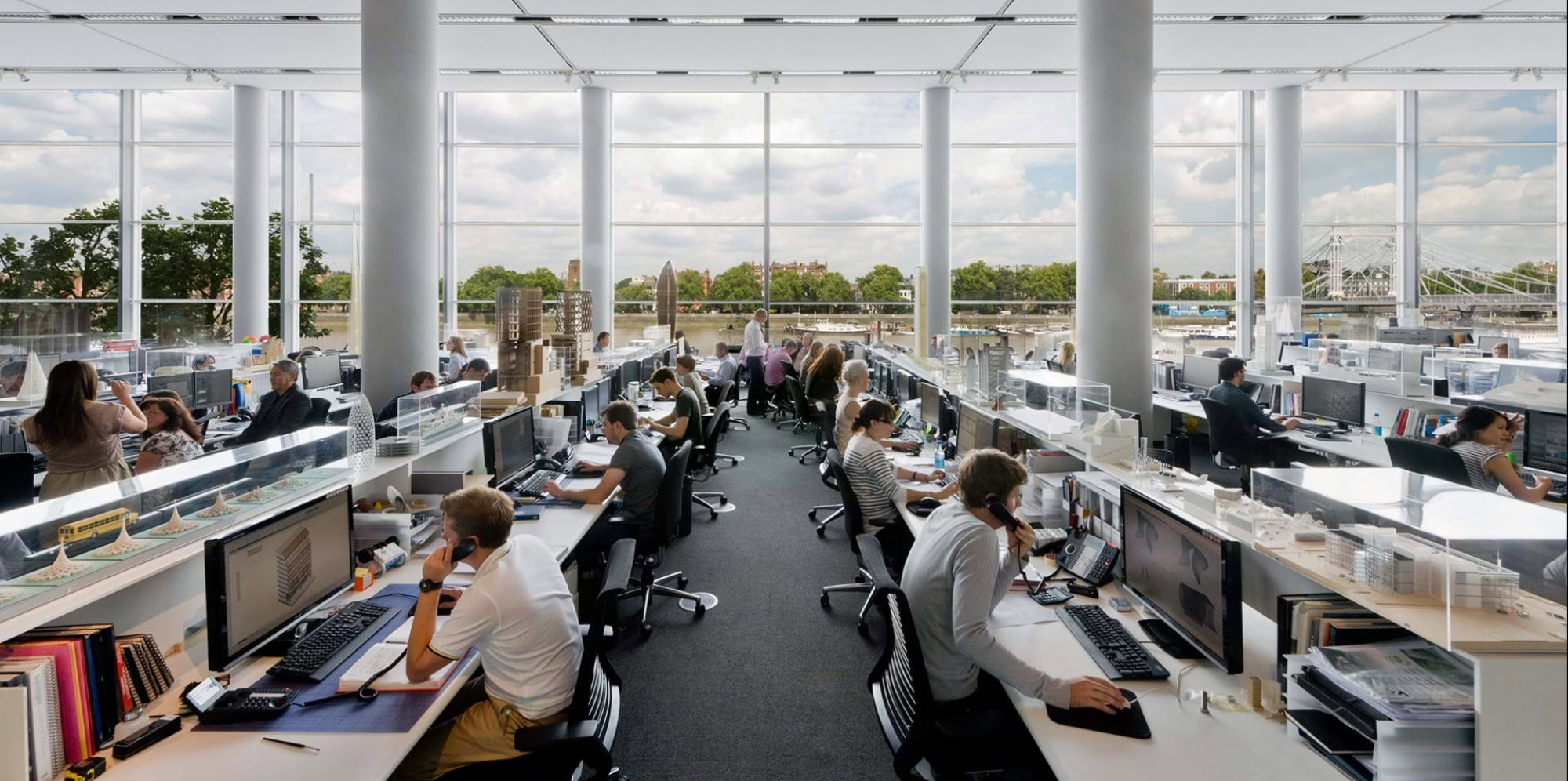
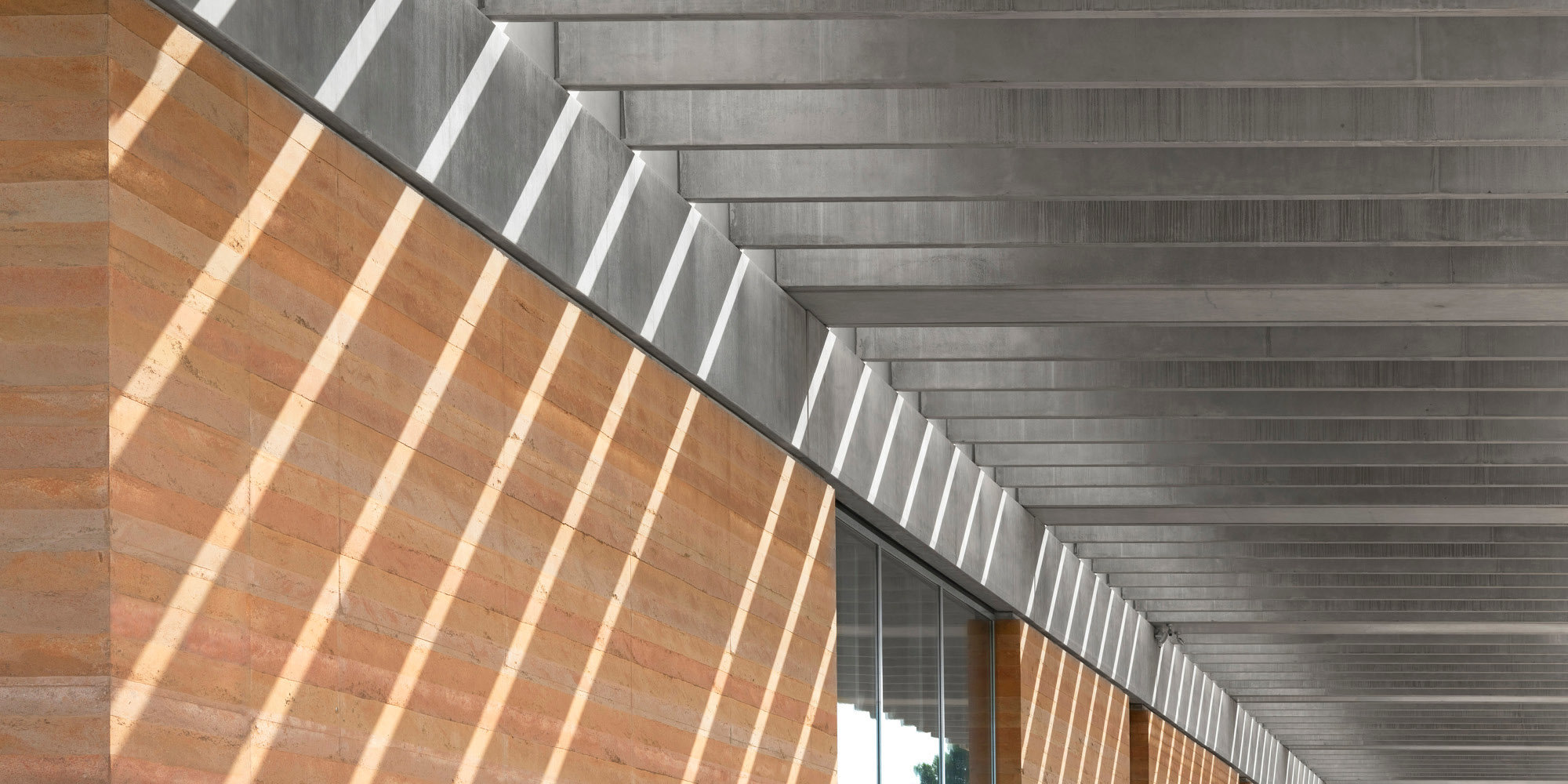
Projects
Services
- All
- 3D Architectural rendrings
- Adaptive reuse and historical renovation services
- Architectural consultation
- Architectural design services
- Architectural engineering services
- Building code analysis and permit coordination
- Custom home design
- Graphic design
- Home building and renovation
- Interior design
- Planing and zoning approval assistance
- Project management
- Site master planning
- Urban design services
Blog
People
Blog
Insights

Projects 10 / 414
Blog 10 / 414
Services 10 / 414
Projects 12 / 414
Blog 12 / 414
Services 12 / 414
